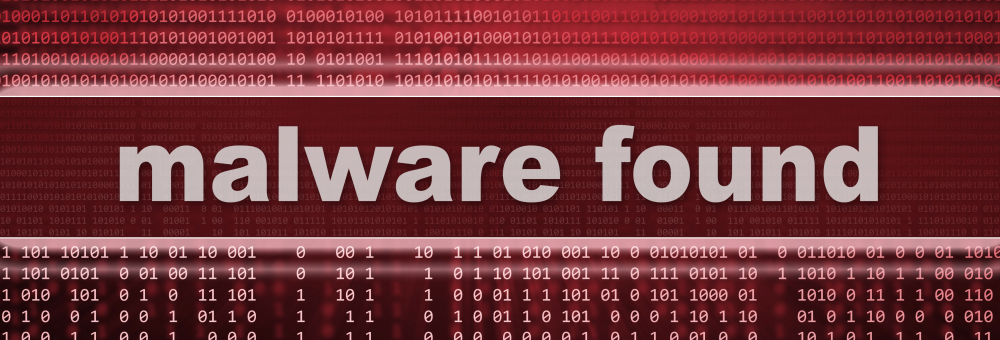How to Prevent and Recover from Ransomware
Imagine logging into your system only to find your files locked and a ransom demand staring back at you. This is the terrifying reality of ransomware—a growing threat expected to cost businesses $265 billion annually by 2031. No business, big or small, is immune to this digital hostage crisis, but there are steps you can take to protect your operations and recover quickly if the worst happens.
What Is Ransomware?
Ransomware is a type of malware that encrypts your files, rendering them inaccessible until you pay a ransom. Attackers often gain access through phishing emails, unsecured networks, or outdated software. Recently, they’ve escalated their tactics with double extortion: encrypting data and threatening to leak sensitive information unless the ransom is paid.
The widespread nature of ransomware is no coincidence. Cybercriminals target vulnerabilities in businesses of all sizes, knowing that even a small disruption can lead to significant losses or ransom payments.
How to Prevent Ransomware Attacks
Prevention is your first line of defense. Implement these strategies to reduce your risk:
- Regular Backups: Ensure your data is backed up frequently and stored offline or in secure cloud platforms. Regularly test backups to verify data integrity.
- Employee Training: Train your team to recognize phishing emails, avoid clicking on suspicious links, and use strong passwords. Human error is a leading cause of ransomware infections.
- Up-to-Date Systems: Keep all software, operating systems, and hardware updated. Patches close vulnerabilities that attackers exploit.
- Network Security: Use firewalls, VPNs, and robust endpoint protection to secure your network against unauthorized access.
- Advanced Security Solutions: Invest in 24/7 monitoring and ransomware response services like those offered by DataGuard365, which proactively detect and neutralize threats before they cause harm.
Steps to Recover from a Ransomware Attack
Even with strong defenses, no system is entirely immune. If you fall victim to ransomware, follow these steps to minimize damage:
- Isolate the Infection: Disconnect infected systems from your network to prevent the malware from spreading to other devices.
- Identify the Type of Ransomware: Work with cybersecurity experts to understand the specific strain of ransomware and whether a decryption tool is available.
- Contact Authorities: Report the attack to organizations like the Cybersecurity and Infrastructure Security Agency (CISA) or your local authorities. They can provide guidance and help combat the broader threat.
- Avoid Paying the Ransom: Paying the ransom doesn’t guarantee that attackers will unlock your data, and it encourages further criminal activity.
- Restore Data from Backups: If you have clean backups, use them to restore your system. Ensure the malware is completely removed before reconnecting to your network.
- Review and Strengthen Defenses: Conduct a post-attack audit to identify weaknesses and prevent future attacks. This includes updating policies, training staff, and investing in stronger cybersecurity solutions.
The Cost of Ignoring Ransomware
The financial impact of ransomware goes beyond ransom payments. Businesses suffer from downtime, lost revenue, reputational damage, and even legal consequences if customer data is compromised. A proactive approach can save your business from these cascading effects.
Protect Your Business Today
Ransomware is a serious threat, but preparation and prevention can make all the difference. With DataGuard365’s proactive defense systems, your business is equipped to detect, prevent, and recover from ransomware attacks, ensuring peace of mind and uninterrupted operations.
Back to Articles/Blog



